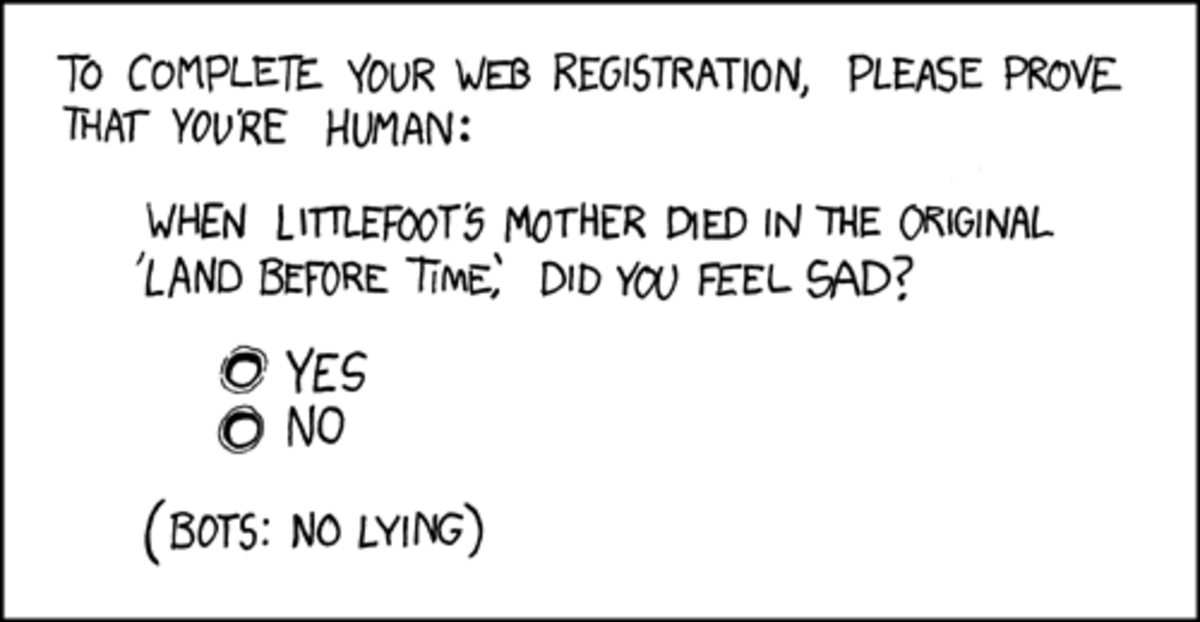IBM WebSphere Family

What is WebSphere?
WebSphere is IBM's middleware brand and is comprised of over 200 different products. The brand spans solutions from integrating different systems together, to optimizing business processes, to e-commerce. The brand can be described under three main pillars: connectivity and systems integration; business process management; and e-commerce. There are also many useful products that fall on the periphery.

A (very) Short History of WebSphere
IBM WebSphere is a mature brand, having first been introduced in June of 1998. One of the first products to be launched within the family was WebSphere Performance Pack. This product was designed for enterprises and internet service providers (ISVs) to provide high availability hosting of applications and was later incorporated into WebSphere Application Server Network Deployment.
WebSphere Application Server was born out of the increasing adoption of Java servlets and quickly evolved to the de facto standard for hosting applications in enterprises.
Customer demand for an ability to manage and monitor connections between different applications gave rise to a solution that would allow of interoperability of different systems. Other solutions, such as WebSphere MQ (created as MQSeries in 1992), eventually fell into the fold (2002) as a way of ensuring reliability of messaging between applications while using open standards.
E-commerce became part of the WebSphere Family when IBM's Net.Commerce (introduced in 1996) was renamed WebSphere Commerce in 2001. The product later developed into a full suite in three sizes for different sized businesses.
WebSphere now forms the basis for a service oriented architecture (SOA)- the integration of people, information, and processes. Tools in WebSphere's Business Process Management pillar can be used to model, simulate, deploy, monitor, and manage business processes and allow for re-use of code.

Application Integration & Connectivity
WAS, WAS ND, Virtual Enterprise, MQ, ESB, Message Broker, and DataPower
WebSphere Application Server (WAS)
WAS is the flagship of the WebSphere family. It allows for reliable hosting of applications, creating and deploying re-usable web services, and serves as a basis for SOA. It comes with many tools that allow for quick, easy installation and configuration.
WebSphere Application Server Network Deployment (WAS ND)
WAS ND is the next step up in reliability. If an organization has a mission critical application, it needs to be run in a way that will ensure that interruptions in the IT environment don't affect its performance. WAS ND offers high availability to applications through load balancing, clustering, caching, and remote monitoring. This allows for applications to be run on less hardware and for easier management of applications.
WebSphere Virtual Enterprise (VE)
VE goes beyond an application server to manage the health, performance, and service levels or an operating environment. It can pool resources and ensure availability during huge spikes in traffic or outages. Because it does this by constantly monitoring available resources, it means that organizations can get by with fewer servers running in production, saving on maintenance, leases, and electricity.
WebSphere Message Queue (MQ)
Connecting systems and applications point-to-point for over 15 years, MQ ensures the guaranteed delivery of messages between programs. MQ makes it easier to manage connections between apps and that if a message doesn't get through, it won't end up in infinitum. Hello?
WebSphere Enterprise Service Bus (ESB)
An ESB is a way of connecting many different points together. Acting like a the axis of a Ferris wheel, an ESB will translate messages from different protocols, transform from different formats, route to the proper recipient, and confirm delivery. Using web services, WebSphere ESB allows for quick integration of many systems. A business can then share information across the enterprise.
ESBs can also be federated with other ESBs. What that means is that an application connecting to one ESB can connect with any application on another connected ESB.
WebSphere Message Broker
Message Broker is an ESB for tough, heterogeneous environments. It can be used to connect applications beyond firewalls, in different protocols, and different devices. It can also operate in different modes, such as publish / subscribe or broadcast. It saves organizations money on programming and managing point-to-point connections and gives peace-of-mind because it uses the ensured delivery of MQ.
WebSphere DataPower SOA Appliances
WebSphere DataPower appliances provide "wirespeed" processing of XML. Datapower offloads intensive XML processing so that businesses can save their servers for more critical operations. The devices come in three flavors, the most simple being the XA35 (green), which solely processes XML.
The XS40 (yellow) goes beyond XML processing to also provide wirespeed encryption and decryption of different parts of an XML string, something that may be required by a company as part of PCI compliance.
Lastly, the XI50 (blue) provides not only XML and security processing, but also blazing fast routing of XML messages between applications. The XI150 is effectively an ESB that is configurable through a web browser.
WebSphere Application Integration & Connectivity Videos
Business Process Management (BPM)
Business Modeler, Integration Developer, Process Server, Business Monitor, Business Events, Service Registry & Repository, and Fabric
WebSphere's BPM suite of products allows businesses to optimize and automate their processes. It also integrates human and IT tasks, monitors how the business is being run, and saves by re-using processes that are already in place.
WebSphere Business Modeler
The first step in optimizing a business is understanding how it's currently running. With Business Modeler, a business analyst can visually map out steps or even import diagrams from other sources, such as Visio. Analysts can then plug figures into the processes and simulate processes to understand areas for improvement.
WebSphere Integration Developer (WID)
WID is used to rapidly author processes that run with WebSphere Process Server (see below), Enterprise Service Bus, and with WebSphere Adapters. WID uses a drag and drop interface to quickly add pre-built steps and save enormous time programming. It is used to actually put SOA into place in an organization.
WebSphere Process Server (WPS)
WPS is the solution for integrating and automating business processes. Businesses can run processes that involve many systems, different people, and require access to multiple sources of information. WPS will pull those together and make sure that the proper steps are followed according to predetermined rules. Processes can be built with tools like WID or through programming in open standards.
WebSphere Business Monitor
Business Monitor allows businesses to setup Key Performance Indicators (KPIs) for different steps in processes. These can be viewed on dashboards that visually display how a business is performing.
WebSphere Business Events
Business Events goes beyond monitoring performance to intelligently determine the relationships between people, events, and information. On the fly, Business Events can detect changes and alter processes to react to them accordingly. For example, if a customers start demanding shorter lead times, Business Events can route orders to a distributor in closer proximity to the clients. Business Events also provides dashboards so the executives can get a clear picture of their business.
IBM's WebSphere Business Events page
WebSphere Service Registry and Repository (WSRR)
One of the main reasons business fail at SOA, according to Gartner, is they do not take into consideration governance of their IT environments. Organizations may create new web services but do not control how these are used or if they adhere to corporate standards. WSRR provides a directory for web services. If someone develops a new service, it can be registered with WSRR. Instead of developing a new service, other developers can re-use the service registered in WSRR. Simply, WSRR adds sanity to developing an SOA.
WebSphere Business Services Fabric
Fabric combines many of the products in the BPM suite to give a powerful tool for rolling out SOA in an organization. It also comes in industry flavors to save time implementing it: Healthcare, Insurance, Banking, and Telecom.
WebSphere BPM Videos

E-Commerce
WebSphere Commerce, IBM Sales Center, and Gift Registry
IBM is a pioneer and leader in e-commerce. WebSphere Commerce has roots back to the mid-90's and now powers many of the Internet's top retailers. WebSphere Commerce has evolved from being a business-to-consumer tool to a full-featured multi-channel sales and marketing solution.
IBM's WebSphere Commerce overiew
WebSphere Commerce on Wikipedia
WebSphere Commerce Express
WC Express is for businesses looking to quickly get online. Coming with many pre-made starter stores, WC Express also features Web 2.0 customer experiences and the ability to test different marketing strategies. It also comes with staging and deployment licenses, making it well suited for thrifty businesses.
WebSphere Commerce Professional
Going beyond WC Express, WC Professional gives customers a more seamless interaction with companies during web transactions. It provides a platform for content and catalog management, e-marketing, and guided selling.
WebSphere Commerce Enterprise
WC Enterprise is the flagship of IBM's e-commerce solutions, used by top retailers, it gives businesses the ability to provide multiple storefronts, brand sites, manage contract pricing for different customers, and control sales channels. With extended sites, companies can setup different sites for different brands but at the same time pull from a single catalog.
IBM Sales Center
Sales Center is a fully customizable solution for call centers. Many customers calling in to companies are dissatisfied with how calls are handled, such has having to repeat information when switched to a different agent or getting different prices depending which channel search. Sales Center integrates with WebSphere Commerce so that call center reps can offer customers the same high quality interaction they'd receive over the web. Agents can take over a customers online shopping cart, offer the same cross sell promotions available over the web, create quotes or change quotes to orders. The interface of the application can be optimized to make training easy for call center reps and faster input of information.
Gift Registry
Gift Registry is an add on for WebSphere Commerce that allows customers to register and track gift registries. It also runs on in-store kiosks and can provide consulting to registrants and gift purchasers.

















